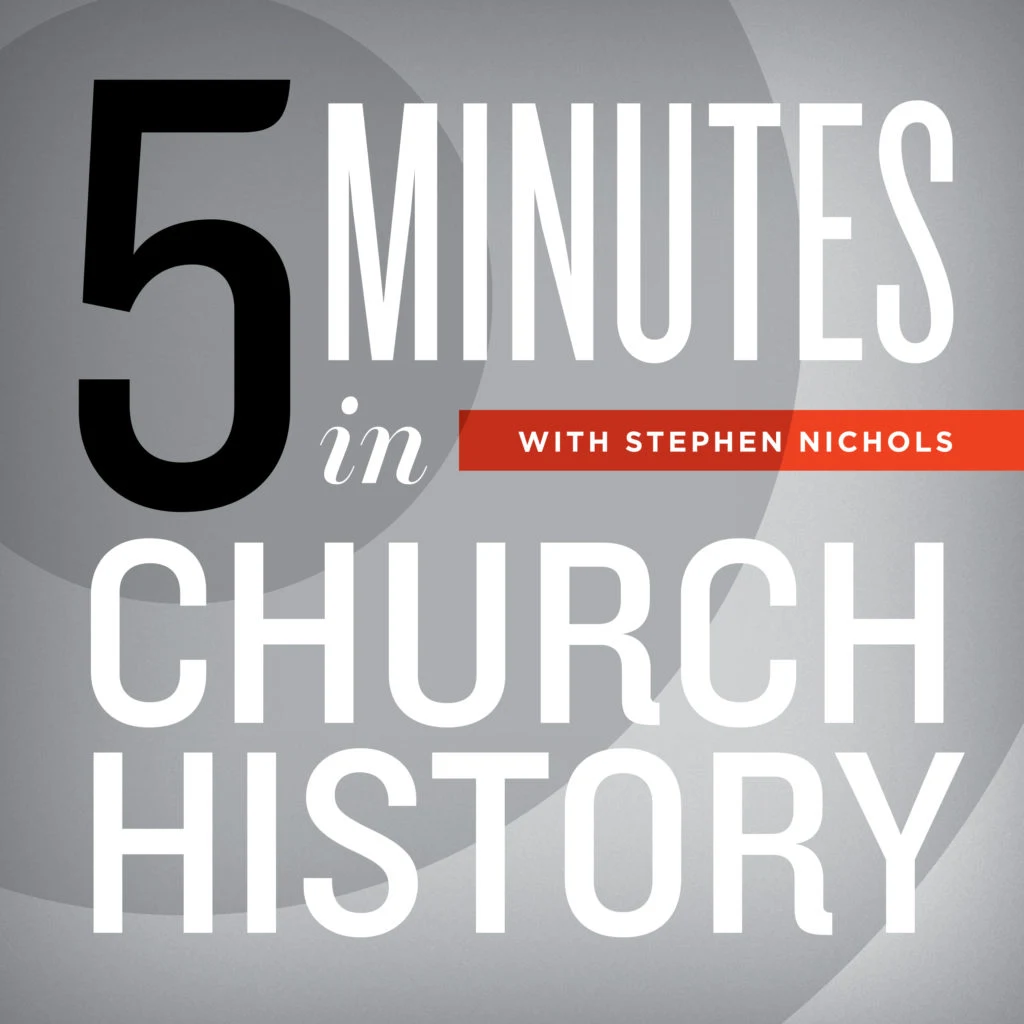Meet Dr. Paul Brand

Raised in India and trained in London, Dr. Paul Brand combined medical skill with gentle compassion. Today, Stephen Nichols explores how this missionary doctor’s care for leprosy patients reflected the heart of Christ.
Welcome back to another episode of 5 Minutes in Church History. This episode was suggested to me by my friend, Wyatt. You know who you are. Wyatt is exactly as old as this podcast. He was born on the very same day we released the first episode back in 2013. He suggested an episode on the missionary doctor, Paul Brand. Here goes. Paul Brand grew up in India as a missionary kid. He was born to British parents, and his father was a medical doctor. Years later, he wrote of the experience he said, “As a boy growing up in India, I idolized my missionary father who responded to every human need he encountered.”
Paul Brand remembered one vivid encounter when he was seven years old. He saw three men approaching his dad's clinic and home. They were wearing the traditional garb of turbans and draped in blankets as the custom. But as they got closer, he noticed that their hands and their feet were covered in bandages. They were suffering from leprosy. It was Paul's first encounter with lepers.
He was sent back to England to study. He studied carpentry and engineering. He was on a track to be a builder. It was as if he was resisting the call to follow in his father's footsteps, but eventually he switched over to medicine, and then he studied at the University College Hospital in London. His apprenticeship was rather intense. It came right alongside of the London Blitz of World War II. He was a casualty surgeon, and in 1944, he was appointed as a surgical officer. He met his wife in medical school. Margaret was a fellow surgeon, and in 1946, the doctor's brand went back to India. In India, they encountered a severely suffering group of outcasts. These were those lepers that he was first introduced to when he was seven years old, and Dr. Paul Brand was immediately taken back to that encounter and to his father and saw his life's mission as to help these suffering from leprosy.
His research led him to conclude that nerve damage caused by leprosy led to patients not sensing pain, so they would unknowingly damage their bodies, especially fingers and hands and toes and feet. He was convinced that he could help, and he applied all of his labors and research to bringing about rehabilitation for these lepers. In 1953, they joined the leprosy mission and Dr. Brand would later be appointed Director of Rehabilitation of the mission. For his lifelong work in India, he won numerous awards and was given esteemed appointments. Queen Elizabeth II honored him with the title Commander of the British Empire. All who knew him spoke of his compassion, his humility in his lifetime of service. Fellow doctors would say that when he would meet with patients, he wouldn't be looking at their hands or looking at their feet. He would be looking right into their eyes and acknowledging them as a person made in the image of God.
And all of this humility and service was right alongside his incredible talents and his drive. He saw his efforts to be used in service for the gospel and for the glory of God. Much like Christ, who also healed Lepers, Brand served the least of these among us. He later would leave India and practiced in the United States with the public health service. He died in 2003 in Seattle. He and Margaret had six children and twelve grandchildren. He wrote shelves full of books from standard texts on surgical procedures to books on the Christian life. He co-wrote a few books with the writer, Philip Yancey. One of them was Fearfully and Wonderfully Made, and another was Pain: The Gift Nobody Wants. It was said of Dr. Brand that he saw everything as revealing God from cells under the microscope to verses in God's word, and he also saw God as illuminating the world for him. Thank you, Wyatt, for pointing me in the direction of Dr. Paul Brand Medical Missionary. I'm Steve Nichols and thanks for listening to 5 Minutes in Church History.
Recent Episodes
Church History Resolutions for the New Year
December 31, 2025|General Church History
Christmas in New England
December 24, 2025|The Person of Christ
A Little Church History of a Middle Colony: The First Great Awakening
December 17, 2025|American Church History
A Little Church History of a Middle Colony: Early Influences
December 10, 2025|American Church History
Gunpowder and a Proclamation
December 3, 2025|Geographical Perspectives
Thanksgiving in Church History
November 26, 2025|American Church History
